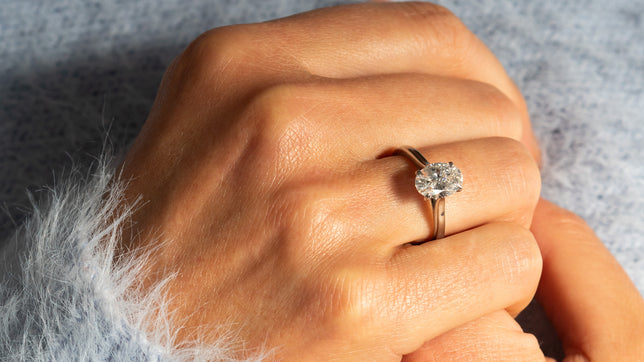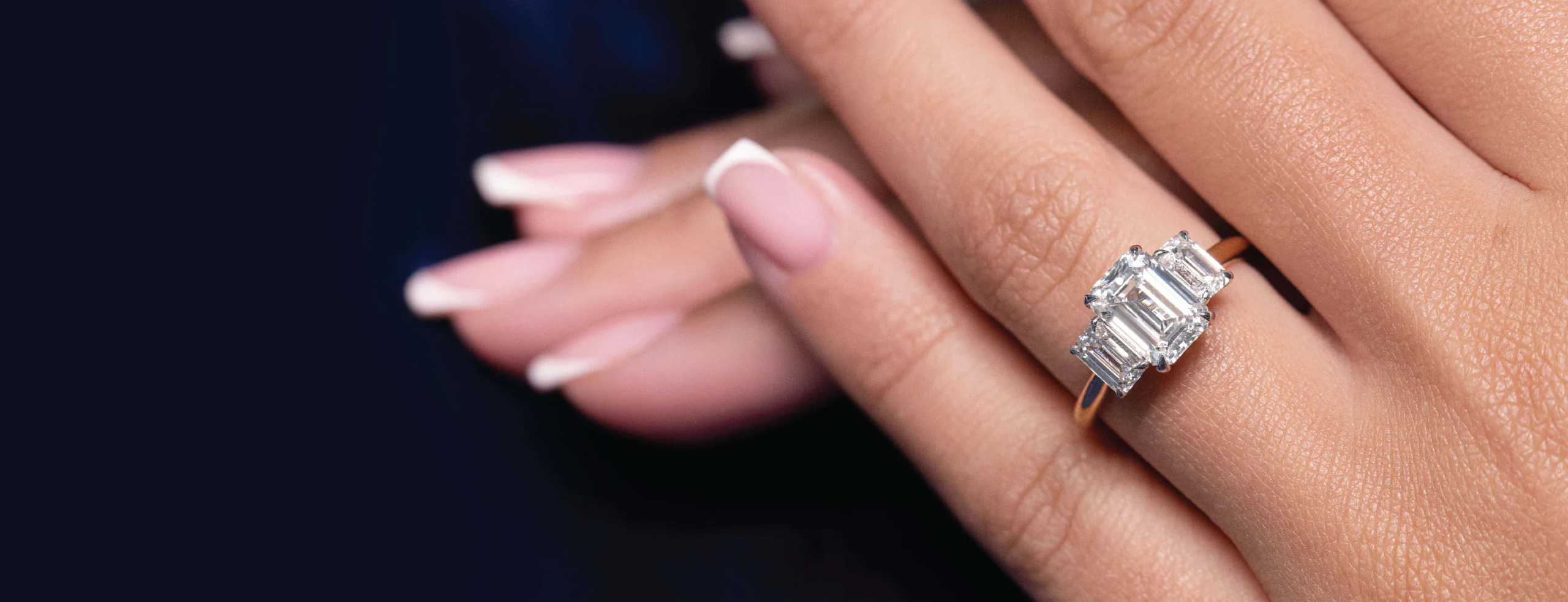When was the first time you heard someone talk about the 4Cs of diamonds? Probably while shopping for an engagement ring, right? Carat, Cut, Clarity, and Color—it sounds simple, but in reality, it’s a rabbit hole. Add to that the rise of lab made diamonds, and suddenly the whole “which one should I buy?” conversation gets even more interesting.
Let’s be real: diamonds aren’t just sparkly rocks. They carry stories, traditions, and, for many, a serious price tag. But today, the story isn’t just about mined vs. lab. It’s about what truly matters to you.
Table of Contents
Diamonds That Tell a Story
Think about it—when was the last time a piece of jewelry genuinely made you pause? For a lot of people, it happens when they learn about the journey behind the stone. Traditional diamonds take billions of years to form deep under the earth. That’s epic. But lab made diamonds? They’re created in just a few weeks, under high-tech processes that replicate nature. Same sparkle. Same durability. Different backstory.
Honestly, that’s where the fun begins. Some people love the old-world romance of a mined diamond. Others are drawn to the futuristic vibe of something crafted in a lab. Neither is “wrong.” It’s just about the story you want your ring—or necklace or earrings—to tell.
The 4Cs: A Quick Breakdown
Now, about the 4Cs of diamonds. Even if you’re not a gem geek, knowing these makes you feel like a pro when you’re shopping:
- Carat – Basically the size (but bigger isn’t always better).
- Cut – How well the diamond reflects light. A good cut = insane sparkle.
- Clarity – The fewer imperfections, the cleaner the diamond looks.
- Color – Ranges from totally colorless (prized) to slightly tinted.
Here’s the twist. With lab made diamonds, the 4Cs often look even more attractive for the price. For the same budget, you might walk away with a bigger carat or a higher clarity stone compared to mined. That’s one reason they’re trending so hard right now.
And let’s be honest—when you’re at dinner showing off your new ring, no one’s asking about inclusions or color grades. They’re just staring at the sparkle.
So, What’s Trending Right Now?
If you scroll through Instagram or peek into jewelry stores, you’ll notice a few things:
- Lab grown bling is everywhere. From celebs to everyday couples, it’s no longer a “budget option.” It’s stylish, ethical, and on-trend.
- Bespoke settings. People want jewelry that feels personal. Oval cuts in hidden halo settings? Super popular.
- Mix-and-match stacking. Rings and bangles designed to layer are in. Bonus: they let you play with both mined and lab diamonds together.
And don’t forget: trends aren’t just about fashion. There’s also a growing shift toward conscious consumerism. Some buyers simply feel better knowing their diamond didn’t come from the ground.
Why the Local Angle Matters
Here’s the thing—your choice of diamond isn’t just about what’s trending globally. Where you’re buying it matters. In some cities, mined diamonds are still considered “the only real deal.” In others, lab made diamonds are embraced as the smarter choice.
For example, in places like New York or London, jewelers proudly advertise lab grown options right next to mined ones. Meanwhile, in more traditional markets, people still whisper about whether lab diamonds are “real” (spoiler: they are).
That’s part of the fun. Wherever you are, the conversation itself becomes part of the jewelry’s meaning.
The “How It Works” Breakdown
Curious about how lab made diamonds are actually created? Here’s the super simplified version (without the boring science jargon):
- The seed. Every diamond starts with a tiny carbon “seed.”
- The environment. Scientists mimic the earth’s heat and pressure (we’re talking crazy high levels).
- Growth. Over weeks, carbon layers build up—just like nature does over millennia.
- Polish and cut. Once grown, they’re cut and polished using the same techniques as mined diamonds.
And voilà. You’ve got a diamond that passes the same tests as one pulled from deep in the earth. No shortcuts. No fake sparkle.
Wrapping It Up
At the end of the day, the 4Cs of diamonds will always matter—whether you’re looking at mined or lab made diamonds. But what’s really shifting is the meaning we attach to them. Do you want tradition? Or do you want innovation and sustainability?










